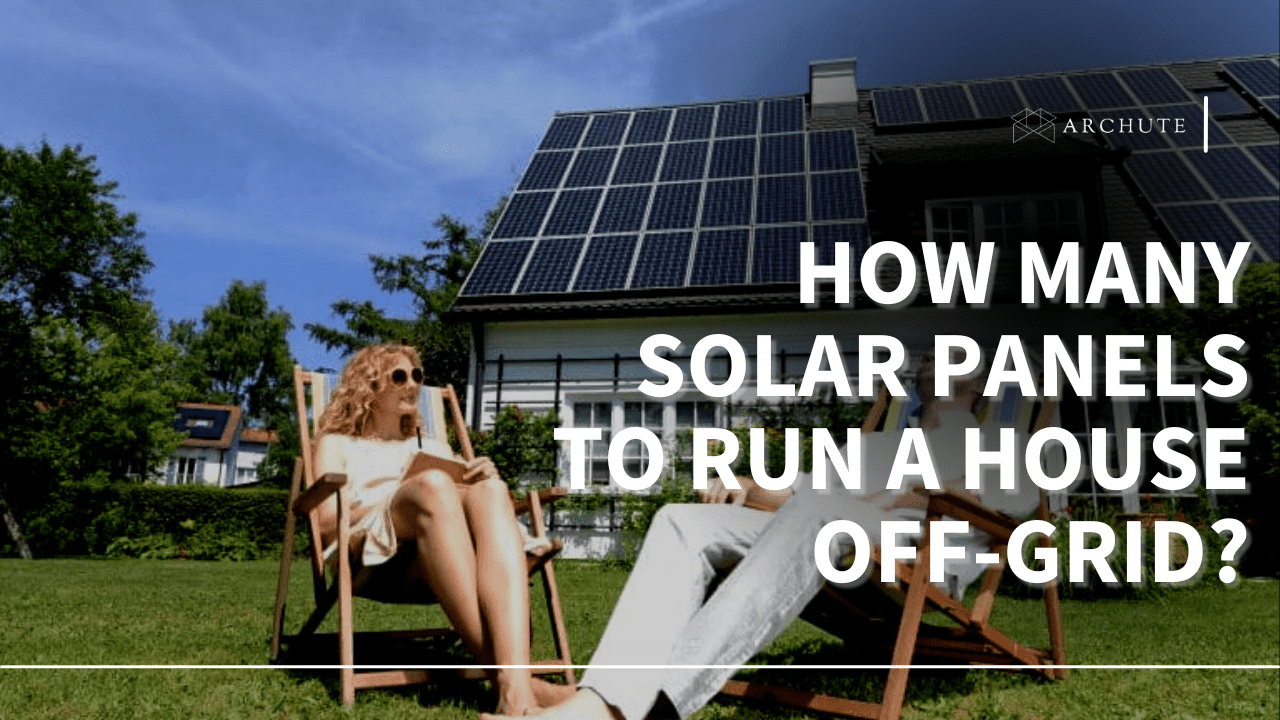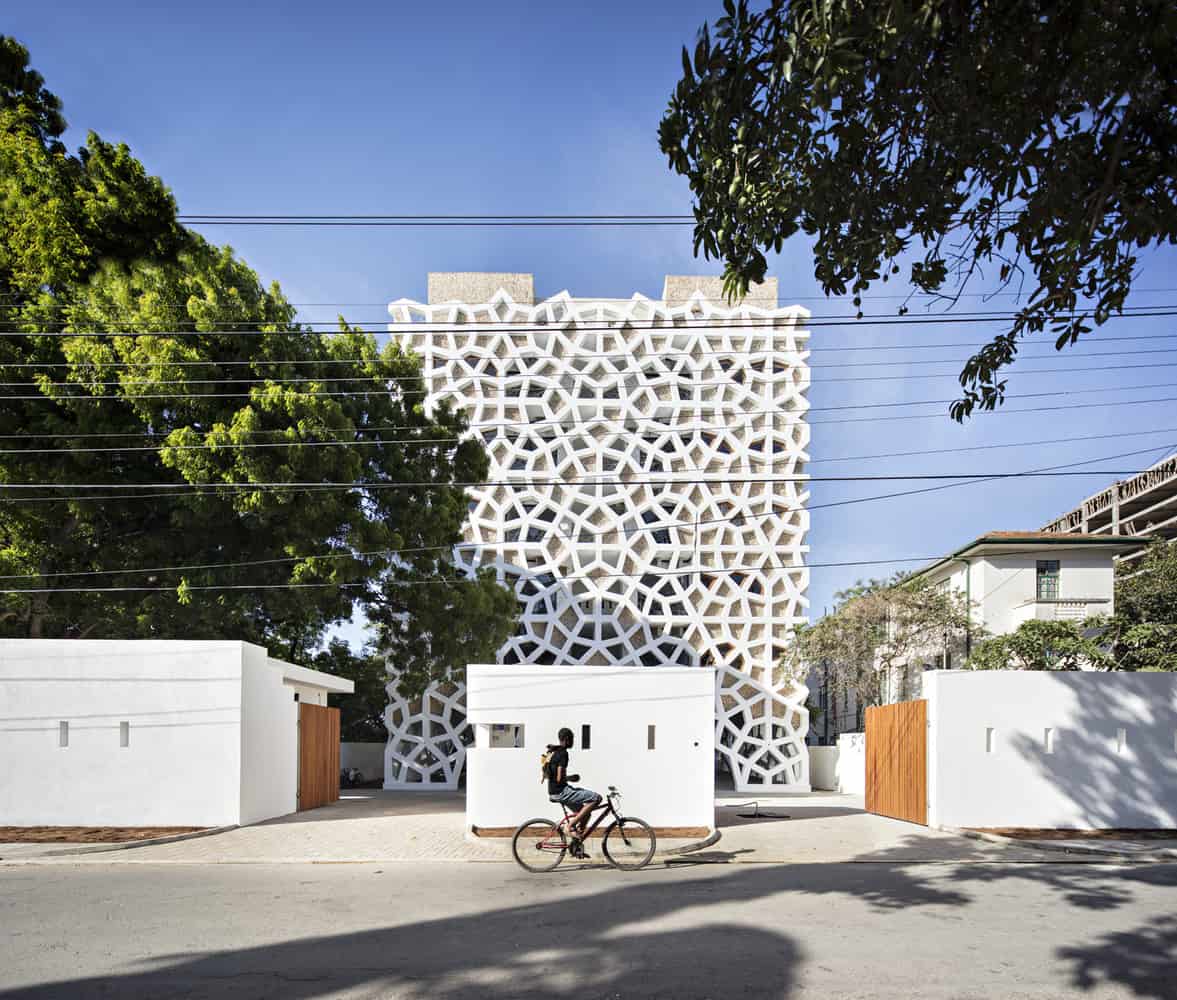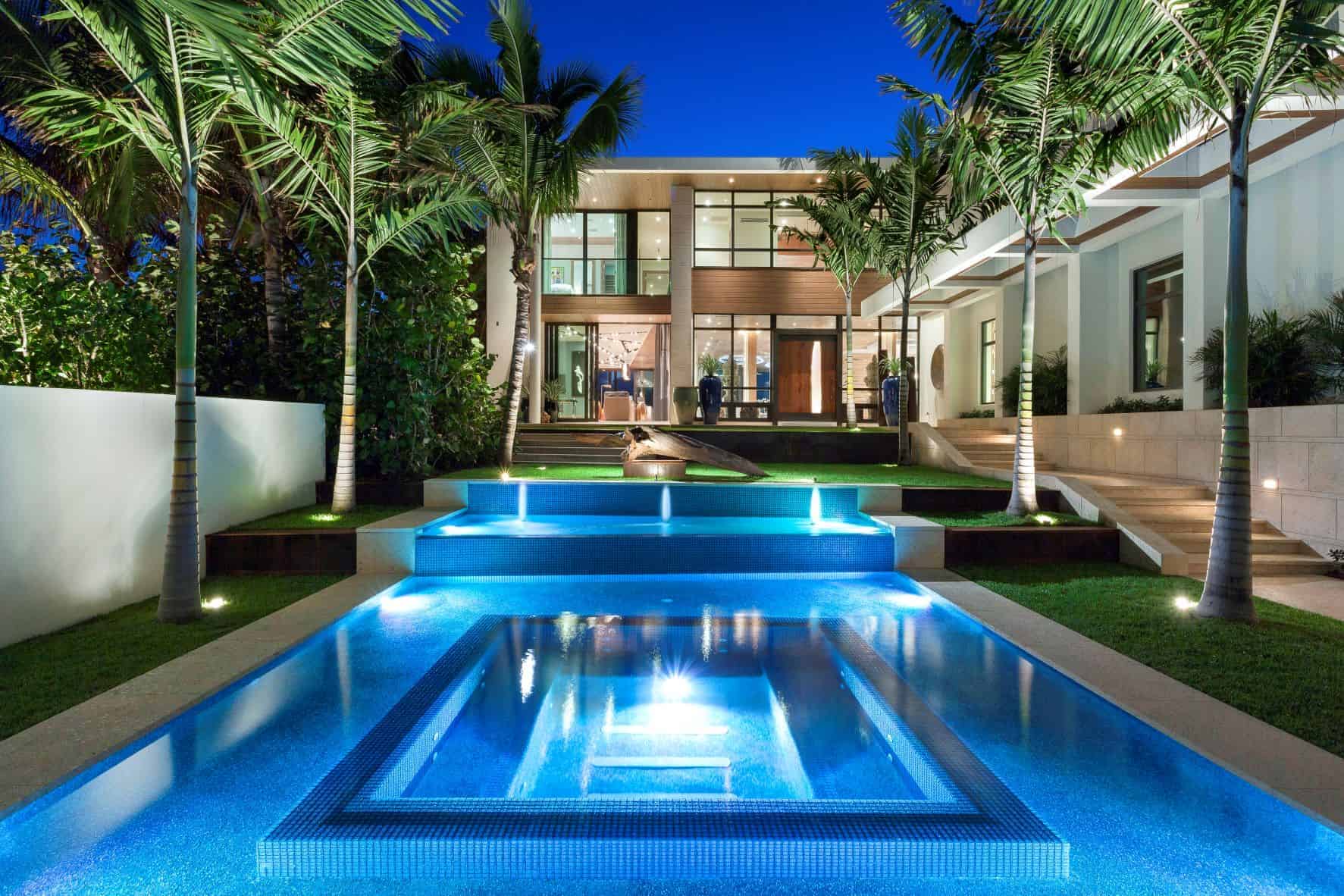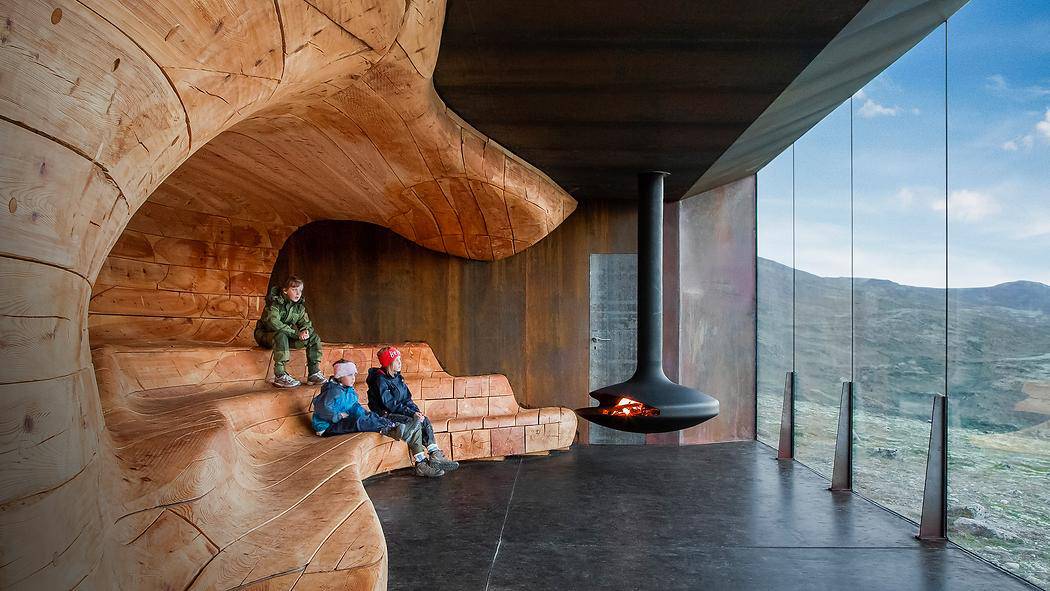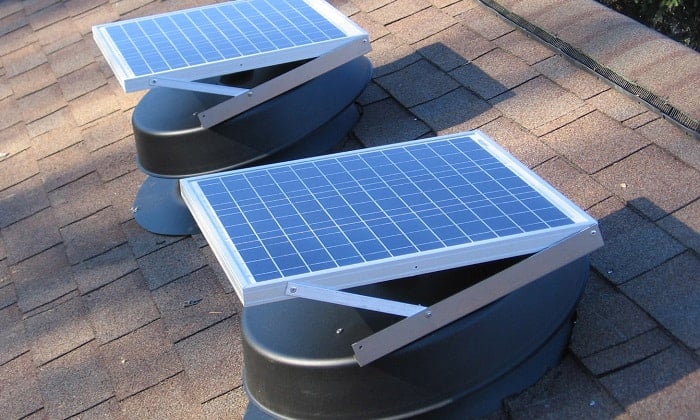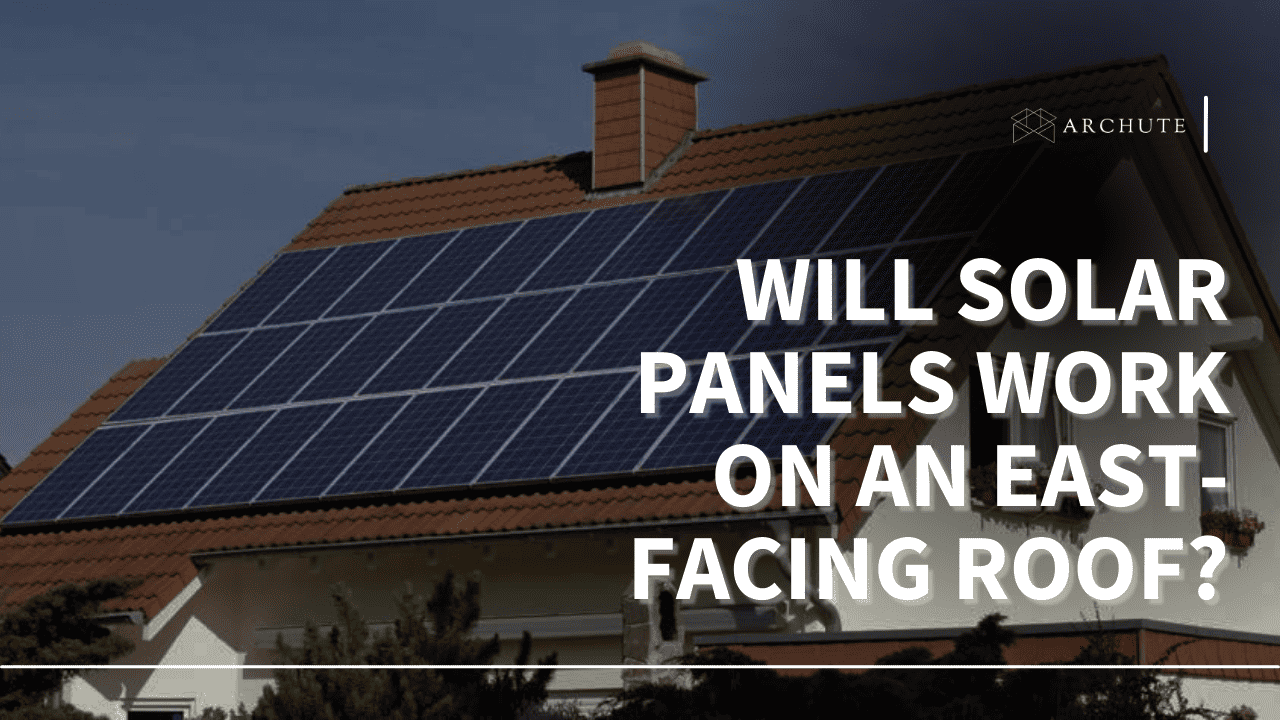Many individuals are choosing a way of life that reduces their carbon footprint and saves money simultaneously in today’s climate-conscious society and with the rising affordability of solar energy. If you live in a remote area, wish to be energy independent, reduce your monthly utility costs, and lead a sustainable lifestyle, going off-grid is a terrific method to satisfy your energy needs.
Off-grid solar systems used to be extremely expensive because of the high cost of batteries and inverters. Still, as those costs continue to decline and efficiency continues to grow, off-grid solar systems are becoming more affordable for more people.
What Does it Mean to Run a House Off-Grid?

Going off-grid usually means you won’t depend on private or public entities to get your electricity. This means it will be cut off from the main power grid if you install a solar off-grid system at your residence, giving you access to a complete source of energy production. This will reduce unnecessary expenses and protect you from electrical threats.
Going off-grid is not meant for everyone; it may be a good solution if things don’t apply to you. It is only right for you if:
- You live a mobile lifestyle in an RV or a van
- You live in a cabin, tiny home, or in an isolated area with no reliable access to electricity
- You want to stop paying utility money
- You want to have a green and energy independent
The amount of solar panels you need depends on many things, including the direction of your roof, how much shade it receives, the solar inverter you opt for, and whether or not you’re integrating a solar battery. Therefore, one of the most important things to ask yourself as you plan to install solar panels in your off-grid house is, “How many will I need?”. However, measuring these characteristics on your own is challenging, but let’s dive in.
How Many Solar Panels Would You Need To Live Off-Grid?

Most homes will need about 7kW to go off-grid, but the small homes may need less. An average solar panel will have a power rating of 250W to 400W. Since there are 1000 watts in one kW, you will need about 18 to 28 panels for an average 7Kw houses depending on the solar panel type and wattage.
Other elements like location, sunlight, house size, and energy consumption may also impact your system’s size and type. Ensure you have enough panels to satisfy your needs during periods of high demand because this usage can fluctuate according to the season.
- If you have a three to four-bedroom house, you should have four 330W solar panels to go off-grid
- Averagely, you will need a minimum of 7KW of energy daily, so you should use 220 watts of solar panels.
- You will need about 35 panels to have an off-grid solar system in your home.
- You can also opt for 350 watts solar panels, which can estimate up to 20 panels.
Notably, apart from how many solar panels you need, you should avoid missing out on the power rating levels. Try to get a watt meter plug to assess accurate ratings of your power reading but also researching the solar panel wattage online can help you know about the solar panel.
How to Calculate the Solar Panels you Need
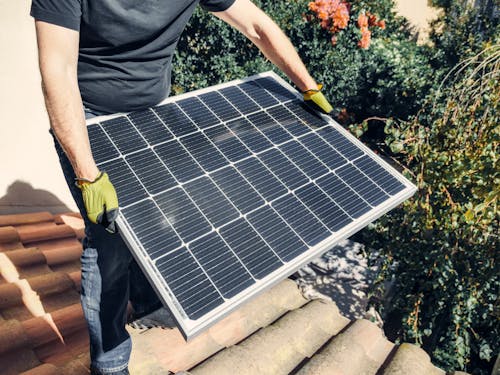
There is a solar panel system cost and savings calculator which makes your life fast, easy, and accurate to figure out how many solar panels your home will need without doing the math.
However, if you want to make calculations yourself, you should follow the steps below to figure out how many solar panels you will need. The formula to calculate how many solar panels you need is as follows:
The formula is: (Monthly Electricity Usage/ Monthly Peak Sun Hours) x 1000 / Power Rating of Solar Panel
1. Determine your Energy Usage
To determine how much electricity you use each month, look at your most recent power bill. The entire quantity of electricity used will often be displayed at the bottom of the bill in kilowatt-hours (kWh).
Given that energy use varies seasonally (consider how much electricity you need for air conditioning in the summer), your yearly energy usage will help determine how many solar panels you need.
Due to the wide variability in monthly energy usage, it may be helpful to find your last year’s monthly utility bills, add up your total annual electric usage, and divide by 12.
However, a single utility bill to calculate your energy consumption is sufficient to get a rough estimate.
2. Find How Much Energy Solar Panels Give in your Area
Finding the amount of sunshine your area receives is necessary now that you know how much electricity your home consumes each month. The amount of sunlight in your area is ultimately measured in terms of “peak sun hours,” which is how this is typically expressed.
This is the daily amount of sunshine your area receives, but we need to know how much you get each month. Multiply your state’s daily peak sunlight hours by 30 to get this. On average, the U.S. gets between 120 and 150 peak solar hours each month.
You may calculate how many kilowatt-hours of power one kilowatt (kW) of solar panels will generate in your area throughout a month using the monthly peak sun hours. Therefore, 1 kW of off-grid solar energy will generate 150 kWh of power each month if your state experiences 150 peak sunlight hours.
3. Calculate the Off-Grid Solar System Size you Need
Given that you know how much electricity 1 kW of solar would generate in your area, you may calculate the amount of off-grid solar system you need to meet your electricity requirements.
To get the system size you require in kW, divide your monthly electricity consumption by your area’s peak solar hours.
4. Calculate the Solar Panels you Need
Therefore, you know the size of the off-grid system required to meet your energy needs. So what should I do next? First, to convert the size of the solar system from kilowatts to watts, multiply it by 1,000 to get the number of panels you’ll need.
Take the system size in watts and divide it by the wattage of the solar panels you should install.
Factors to Determine How Many Solar Panels You Need
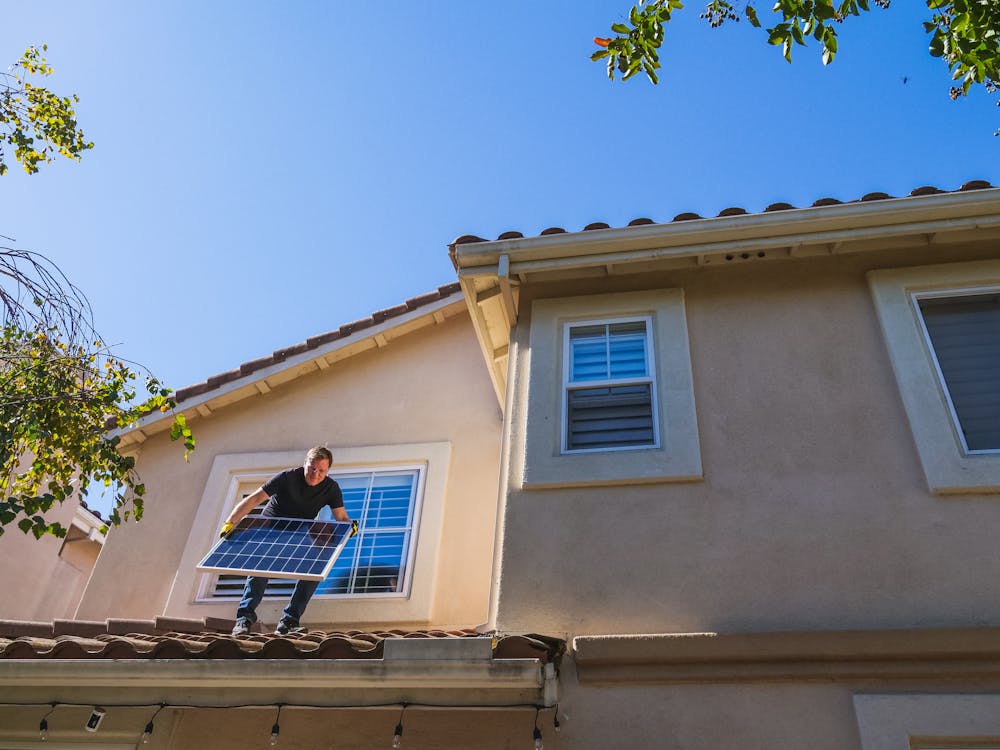
The number of solar panels you need isn’t based on the size of your house, despite what you might believe. The following needs to be determined to accurately determine the number of solar panels your solar energy system requires:
1. Your Energy Usage
The more your electricity usage is, the more solar panels you will need to cover your electricity costs.
2. Panel Wattage
The number of solar energy panels will generate on their wattage, also known as their power rating. Most installed solar panels have a power rating of around 370 watts per panel. Therefore, installing solar panels with high wattage ratings results in fewer solar panels overall.
3. Sunlight in your Area
To eliminate their electricity expenses, homes with less sunlight require more solar panels than states with more sunlight. For instance, the southwest of the United States receives more sunlight than the northeast.

4. Peak Sunlight Hours
The direct sunlight your solar panels might receive must be considered. Peak sunshine hours are when the sun is at its strongest and can easily power your solar panels.
The term “peak sunshine hours” describes when the sun may produce an average of 1000 watts per square meter. As smaller solar panels are typically less efficient, this depends on your equipment size. In addition, the number of solar panels you require will depend on how much direct sunshine your solar panels receive. Therefore it’s crucial to know your region’s peak sunlight hours.
You wouldn’t need as many solar panels if you were in a location that receives plenty of sunlight because your panels would have enough electricity. However, if you reside in an area with fewer peak sunlight hours, you will need to supplement your home’s solar power system with more solar panels.
5. Roof Space
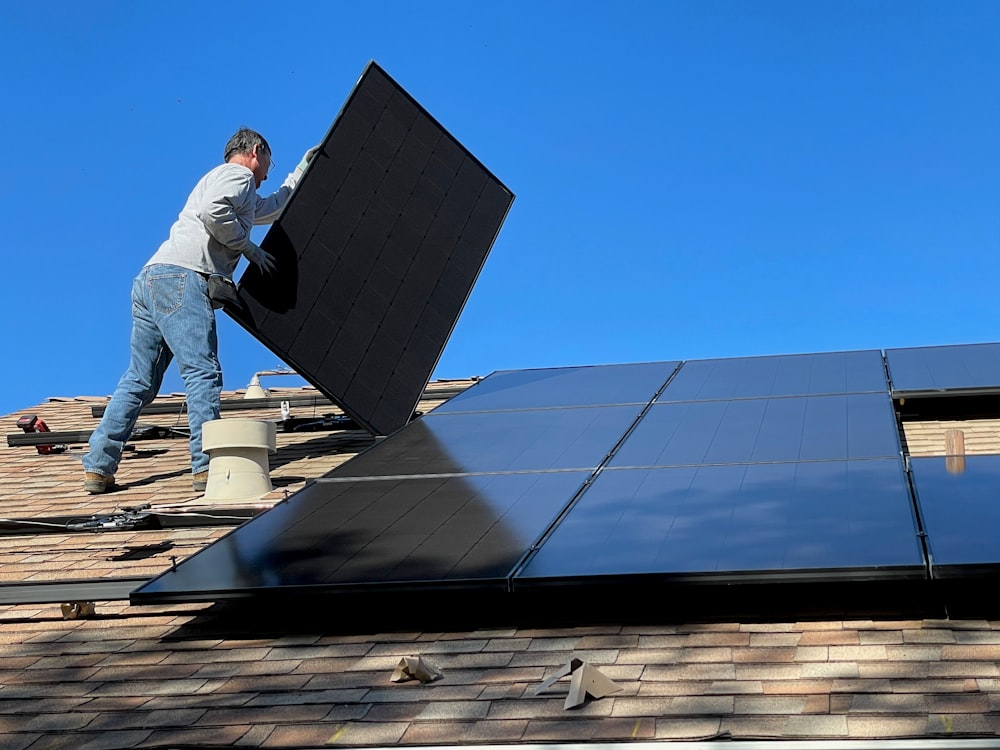
It’s vital to remember that the amount of roof space available might constrain the number of solar panels you can have. If you’re searching for portable solar panels for an electric vehicle or portable solar panels for camping, this is especially crucial.
You must consider your roof’s angled shape in addition to roof space. Solar panels can be heavy, especially if you plan to install many units; thus, roof stability is another crucial consideration.
We advise calling a professional to inspect your roof to determine whether it is in sufficient condition to support the required solar panels to avoid any potential problems in the future.
6. Battery Bank Capacity
In contrast to a grid-tied system, off-grid solar systems don’t allow you to connect to your utility’s electricity grid in situations where solar energy isn’t accessible. If you’re not ready, this can place you in a difficult situation.
To avoid this situation, you should invest in a battery bank with enough energy to keep your house running throughout the day and night.
How Much Will it Cost to Have Solar Panels Run a House Off-Grid?
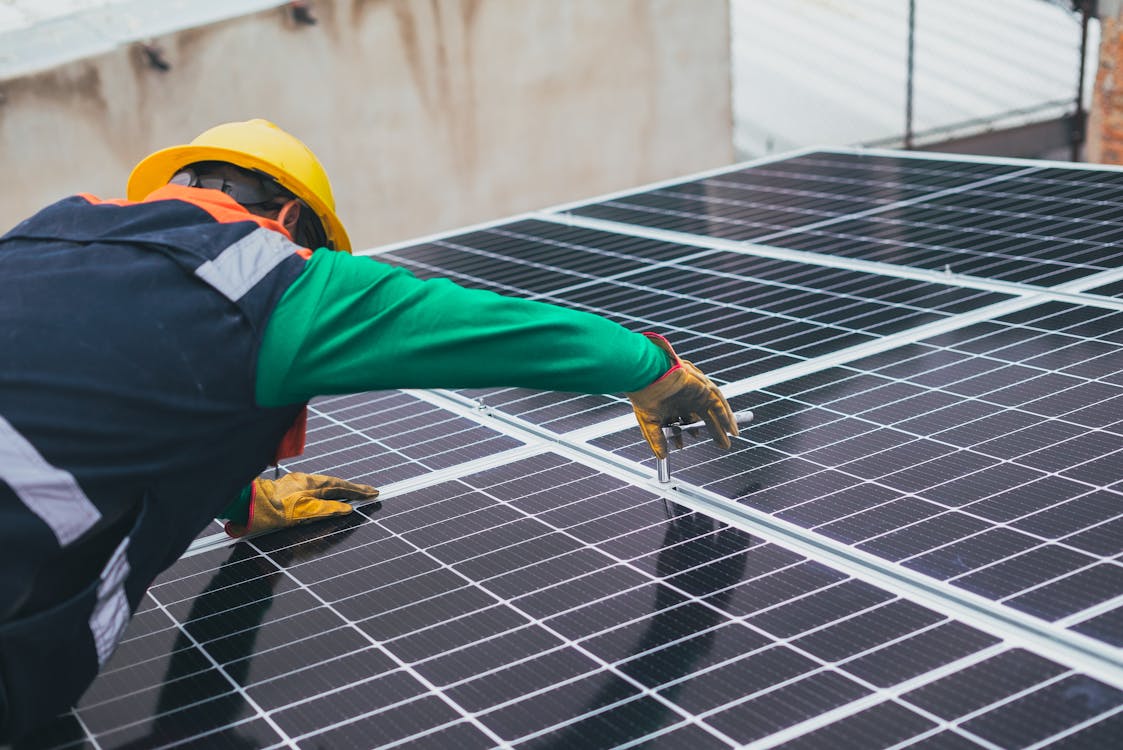
In this instance, the price of solar panel installations will be determined by the demand for electricity. As a result, smaller residences often have lower solar panel installation expenses for solar panels than larger ones. Likewise, mini-home, RV, or van owners who want to live off the grid will spend much less money than those with larger dwellings.
The easiest way to find the location for your home solar system and the solar panels cost you will need is by getting quotes from qualified local solar companies. The upfront expenses to install solar panels for your home and the rebates, incentives, and tax credits that residents are eligible for will all be information that solar installers may provide.
Conclusion on How Many Solar Panels to Run a House Off-Grid
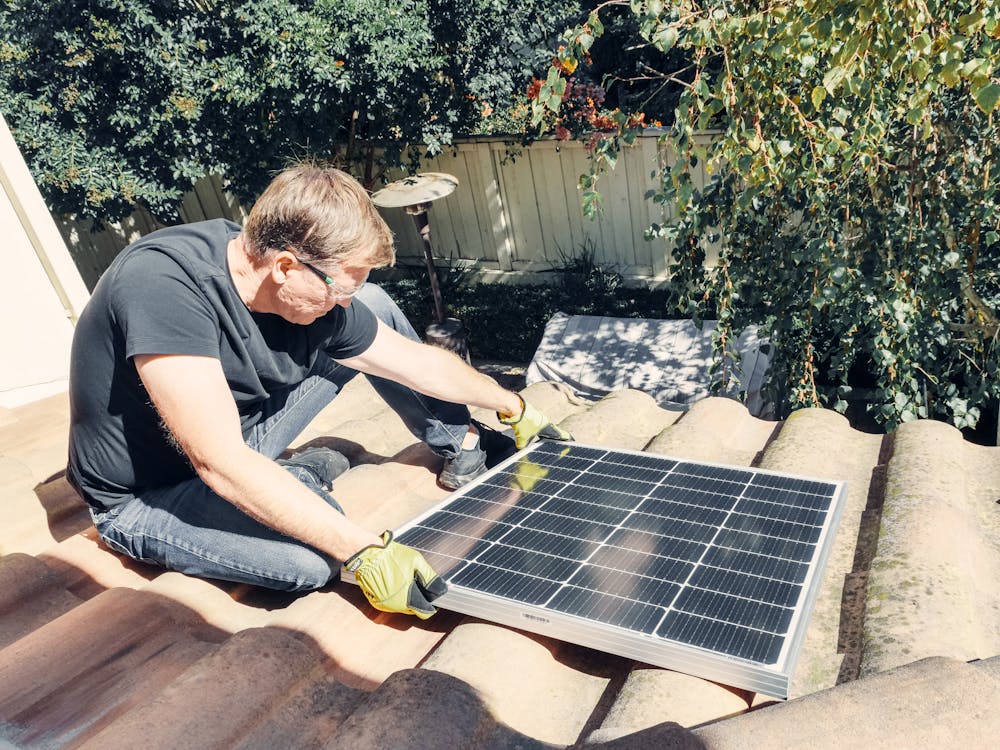
For you to know how many panels to run a house off-grid, you will need to calculate how much power usage you have. This is essential to ensure you get enough battery banks and solar panels to run all your appliances now and in the future.
I hope you now understand better the procedures involved in determining how many solar panels you will need to go off-grid. In the end, how many solar panels you need depends on your electricity usage, the quantity of usable roof space, the amount of direct daily sunlight, and the type of solar panel.
Featured Image Credit: optoutliving.com

